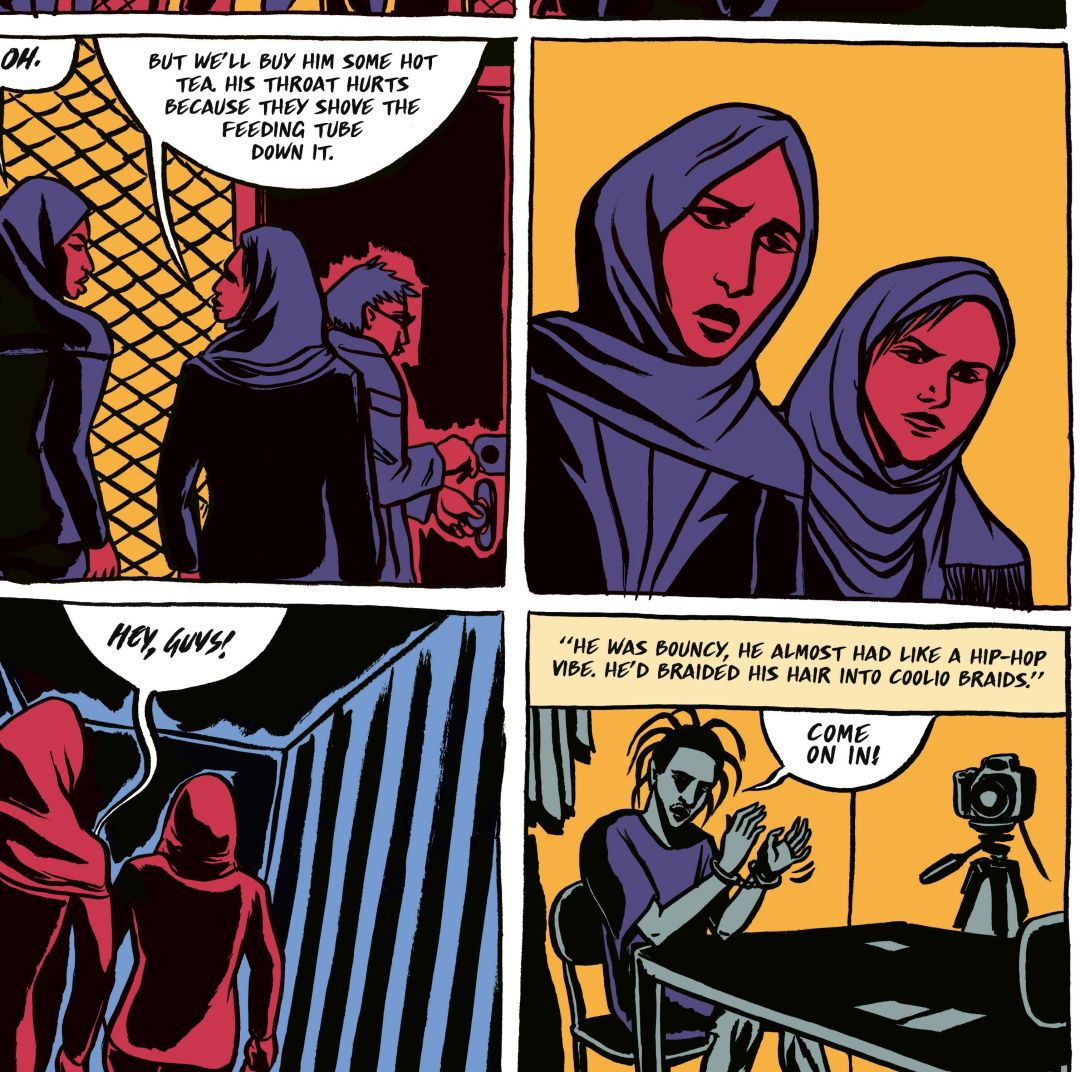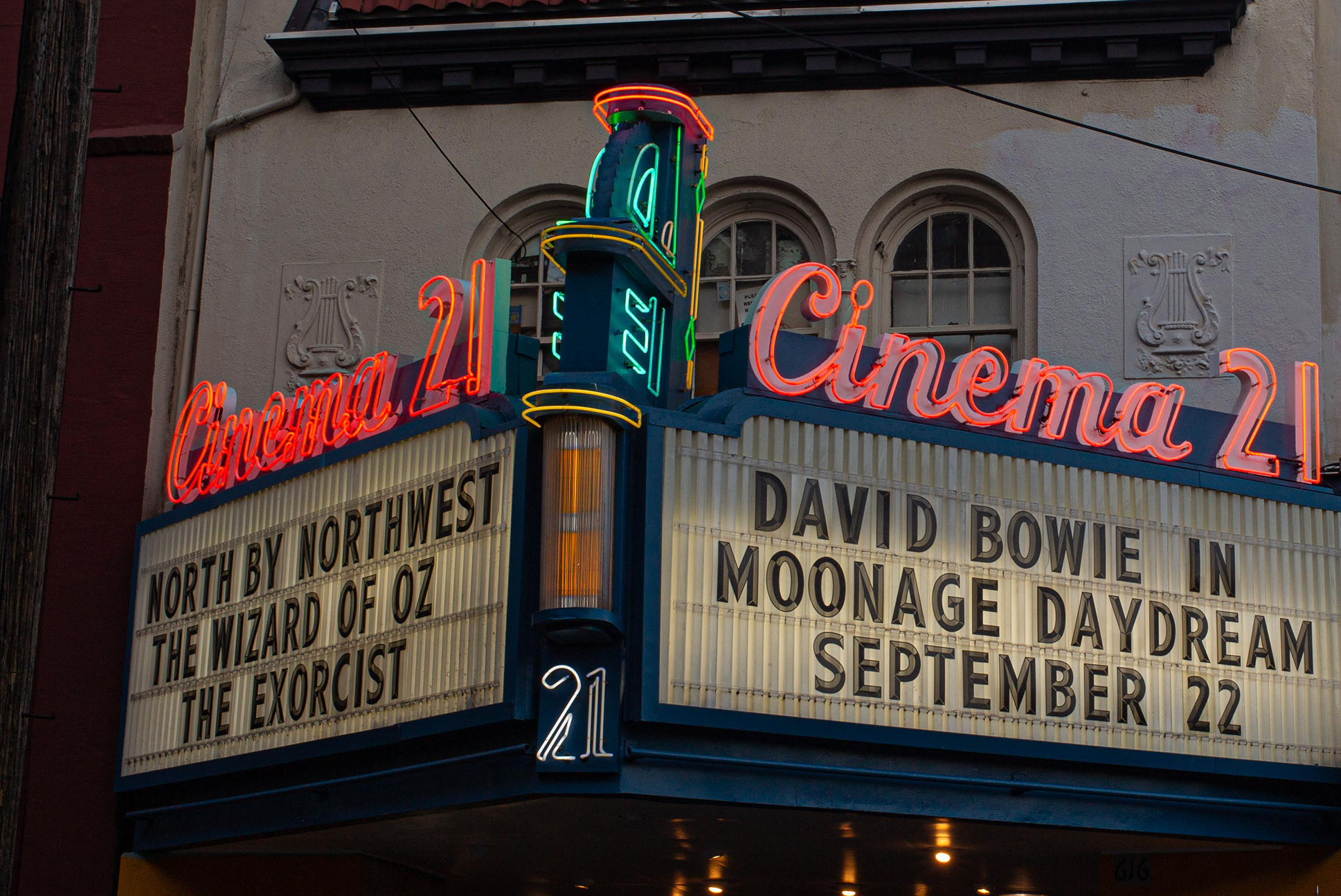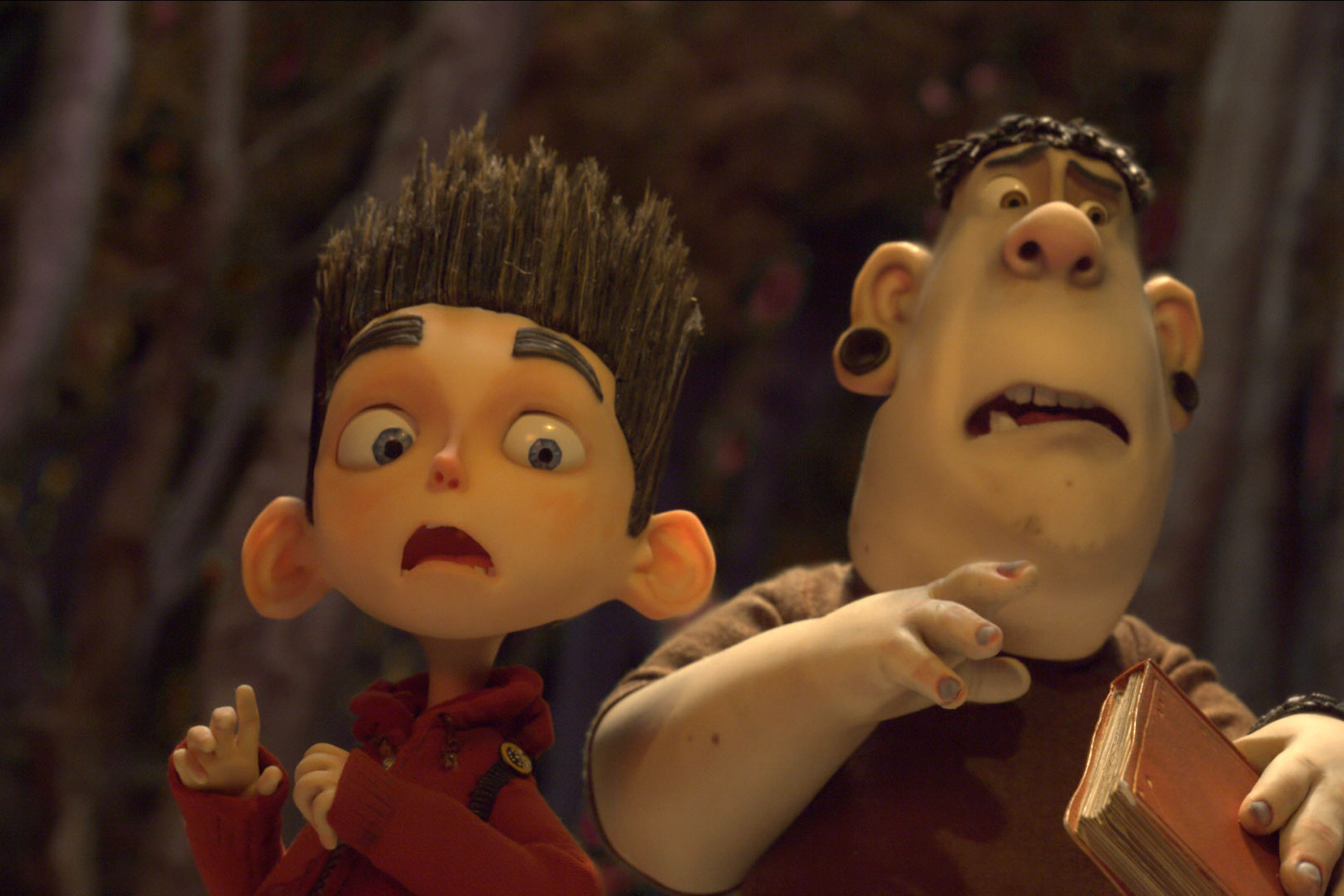This New Graphic Novel Looks at Guantanamo Bay with Clear Eyes and a Sunset Palette

Image: Tracy Chahwan/Sarah Mirk
I picked up Guantanamo Voices and put it back down again, waiting for the day I would want to read about the infamous US prison camp, known for the torture and indefinite detention of its prisoners, on the edge of Guantánamo Bay, Cuba.
“There’s never a good time to talk about Guantanamo,” says Portland artist and journalist Sarah Mirk. “It’s always going to be a difficult thing to sit with and think about.... I honestly feel like I spent 10 years accumulating the skills needed to make this book.”
Guantanamo Voices collects 12 nonfiction comics, stories told by prisoners, guards, lawyers, and politicians. The book ($24.99 hardcover) isn’t about how brutal the place is—though make no mistake, that’s in there—but also how it came to be that way. And why it still is.
After the 2016 election, Mirk, a former news reporter at the Portland Mercury (and occasional contributor to this magazine), consciously moved away from hard news and prose writing. “I had a career crisis,” she explains. “What I’ve been doing hasn’t been working! How do I create media that brings people in? That makes people want to learn about subjects they otherwise would steer clear of?” She started editing nonfiction comics for the graphic journalism website The Nib and built up a catalog of artists she would eventually ask to work on Guantanamo Voices.
The book opens in 2009, when there were reasons to be hopeful the prison, which earned its infamy in the aftermath of 9/11 under the George W. Bush administration, would soon close—mainly because Barack Obama issued an order on the first day of his presidency to close it within one year. (It still has not closed, but now houses a fraction of the inmates it once did.) The first comic is about Mirk meeting a veteran soldier with a dreamy swoop of hair at the Independent Publishing Resource Center’s old location on SW Oak Street. The vet, Chris Arendt, shows her a zine about being a guard at Guantanamo Bay. “I knew absolutely nothing about Guantanamo,” Mirk narrates. “It was just a photo I’d seen in a newspaper.... It wasn’t a real place, full of real people.”
Back then, Mirk was a news intern at the Mercury, hoping to be a journalist one day. When the tanking economy of the Great Recession crushed her job prospects, she sublet her room and used the money to buy a plane ticket to England. There she traveled with Arendt and a group of former Guantanamo prisoners on a speaking tour. During this period, she met Moazzam Begg, an educator who was held and tortured at Guantanamo for nearly two years. In 2005, he was released, without a single charge ever filed against him. Fifteen years later, his story appears in Mirk’s book.
Mirk returned to Portland and the Mercury and later worked as a web editor at Bitch magazine. In 2012, veteran and Portland State student Laura Sandow reached out after finding Mirk’s old tour blog. They collaborated on a comic called “Secret Life of Gitmo’s Women”—which you can still read on Narratively.com—about the experiences of enlisted women at Guantanamo. “It was the most powerful journalistic project I’d ever done,” Mirk says. “It felt important to be able to make a comic about Guantanamo, a place that is largely unseen. What the US public sees of the place is very tightly controlled by the government.”
One chapter of Guantanamo Voices shows Mirk, after taking a media tour of the base, having her photos gone through by a soldier, who scraps many of them—though Mirk has to show him how to delete them on a Mac. The photos she was allowed to hold on to helped the cartoonists who hadn’t been there give as detailed and accurate a portrait of Guantanamo as possible, including the contradiction of the camp’s surrounding tropical beauty. One of the project’s artists, Kazimir Lee, developed a “sunset tones” color palette that remains the same throughout the collection, despite the wide diversity of illustration styles.
“When you think about Guantanamo, you immediately think chain-link fence, orange jumpsuits, black cells,” Mirk explains. “And people already know that. I wanted people to pick this book up and be surprised enough to start reading and keep reading. I wanted to paint Guantanamo in the light of day. In my mind, the most important thing is that we face this darkness.”
So with all that in mind, I picked up Guantanamo Voices. It’s a book about a shameful chapter of US history, but if we look at that history, we can learn from it. That idea—of clear eyes looking at past misdeeds—resonates with everything before us now. And much of what we’ll need to face going forward
Guantanamo Voices Author Event
6 p.m. Tues, Sept 8, Powell's.com, FREE




